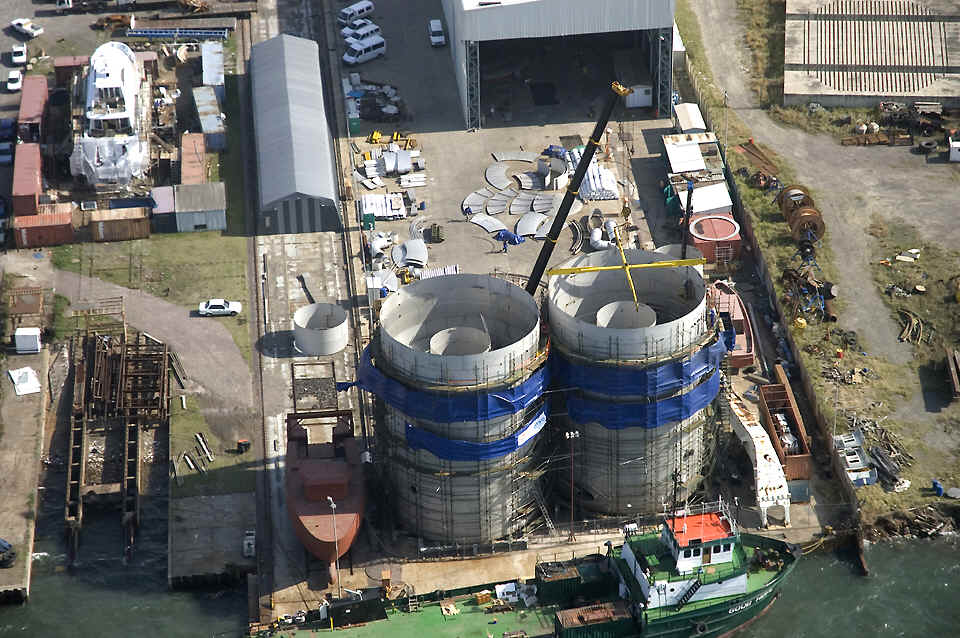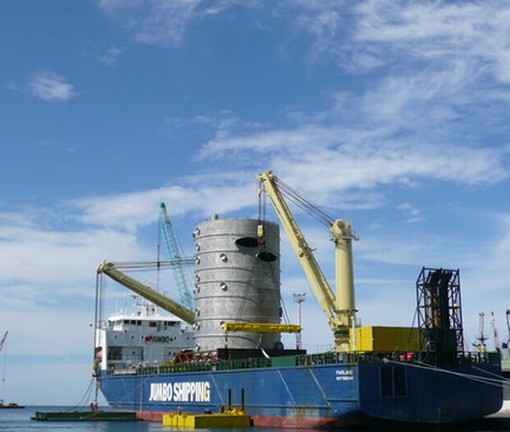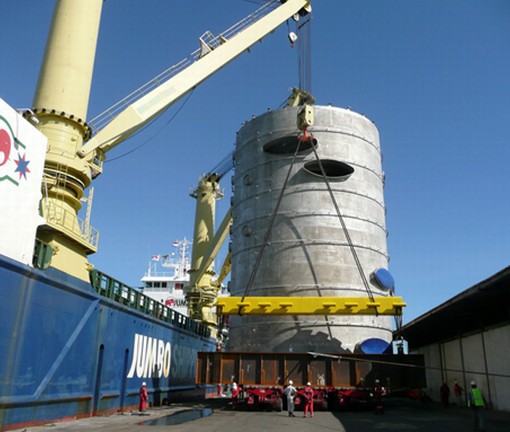|
||
| Sulphuric Acid on the WebTM | Technical Manual | DKL Engineering, Inc. |
Knowledge for the
Sulphuric Acid Industry
![]()
Sulphuric Acid on the Web
Introduction
General
Equipment Suppliers
Contractor
Instrumentation
Industry News
Maintenance
Acid
Traders
Organizations
Fabricators
Conferences
Used
Plants
Intellectual
Propoerty
Acid
Plant Database
Market
Information
Library
Technical Manual
Introduction
General
Definitions
Instrumentation
Plant Safety
Metallurgial
Processes
Metallurgical
Sulphur Burning
Acid Regeneration
Lead Chamber
Technology
Gas Cleaning
Contact
Strong Acid
Acid Storage
Loading/Unloading
Transportation
Sulphur
Systems
Liquid SO2
Boiler Feed Water
Steam Systems
Cooling Water
Effluent Treatment
Utilities
Construction
Maintenance
Inspection
Analytical Procedures
Materials of Construction
Corrosion
Properties
Vendor Data
DKL Engineering, Inc.
Handbook of Sulphuric Acid Manufacturing
Order
Form
Preface
Contents
Feedback
Sulphuric Acid
Decolourization
Order Form
Preface
Table of Contents
Process Engineering Data Sheets - PEDS
Order
Form
Table of Contents
Introduction
Bibliography of Sulphuric Acid Technology
Order Form
Preface
Contents
Contact Section -
Converters
- Fabrication and Transportation
May 3, 2009
|
Introduction |
Associated Links
Materials of Construction |
For the Ambatovy Nickel project, the acid plant converters were fabricated off-site and then transported to site.

Transportation of the complete converter vessels was performed by Jumbo Shipping. The following is a description of the job from the Jumbo Shipping website www.jumboshipping.nl
During the turn of the year the crew of mv Fairlane did not have the time to put their feet up. Instead a project concerning two consecutive shipments for the Ambatovy Nickel project in Tamatave, Madagascar would require the crew’s full attention. The shipments comprised the lifting and transportation of two 100% stainless steel converters engineered for the procurement of a sulphuric acid facility. The eight-storey tall vessels, weighing 420 tons each meant an extraordinary and challenging lifting operation, something Jumbo can be entrusted with.
The design of the converters would require the vessels to be lifted in upright position using a custom made lifting frame and subsequently placing each of the vessels on top of the Fairlane’s weather deck. The unloading of the converters onto the Self-Propelled Modular Trailers (SPMT’s) was done under challenging conditions considering the prevailing ocean swell at Tamatave, which would result in swaying of the load. In order to control the stability of the load a total of six tugger lines were connected to the lifting frame, two of which connected to tugger winches placed on deck of the Fairlane and the other four connected to dump trucks on the quay.
The lifting method chosen proved to be a safe one and the project was completed right on time.

